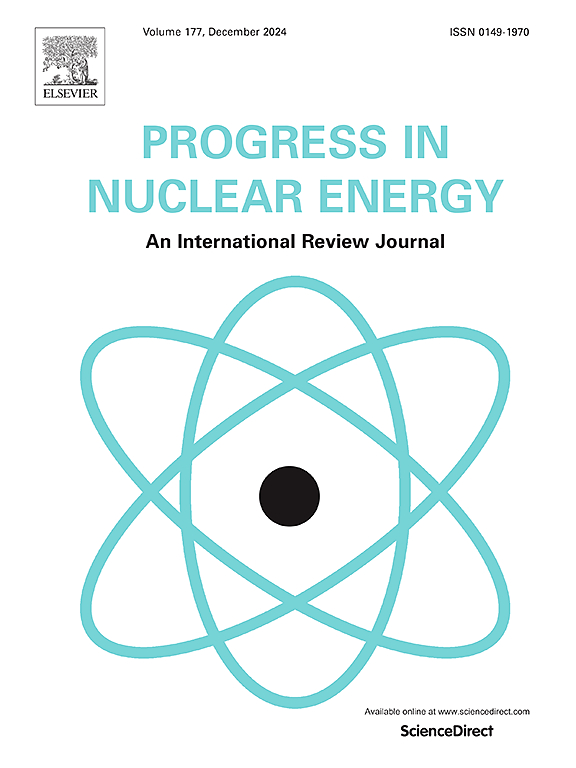Enhancing nuclear power plant diagnostics: A comparative analysis of XAI-based feature selection methods for abnormal and emergency scenario detection
IF 3.3
3区 工程技术
Q1 NUCLEAR SCIENCE & TECHNOLOGY
引用次数: 0
Abstract
This study introduces the application of explainable artificial intelligence (XAI) techniques to enhance nuclear power plant diagnostics through effective feature selection. We compared various XAI methods, including gradient-based techniques, layer-wise relevance propagation, DeepSHAP, integrated gradients, local interpretable model-agnostic explanation(LIME), and saliency maps, with traditional approaches such as principal component analysis (PCA). By applying these methods to data from an IAEA iPWR simulator, which includes 35 abnormal and emergency scenarios with 116 state variables, we demonstrated the superiority of XAI-based methods in selecting features that effectively distinguish between different plant conditions. Our approach successfully reduced the input dimensionality from 116 to 20 features while maintaining high diagnostic accuracy. XAI methods, particularly saliency map and DeepSHAP, outperformed traditional techniques by revealing distinct patterns for various abnormal situations. This reduction in dimensionality offers several benefits, including enhanced cybersecurity, improved human–machine interfaces, and increased computational efficiency. The findings have significant implications for developing more accurate, efficient, and interpretable diagnostic systems in nuclear power plants, potentially improving safety and operational effectiveness. Future work will focus on validating these methods across diverse plant designs and integrating this approach with advanced AI techniques for real-time adaptive diagnostics.
求助全文
约1分钟内获得全文
求助全文
来源期刊

Progress in Nuclear Energy
工程技术-核科学技术
CiteScore
5.30
自引率
14.80%
发文量
331
审稿时长
3.5 months
期刊介绍:
Progress in Nuclear Energy is an international review journal covering all aspects of nuclear science and engineering. In keeping with the maturity of nuclear power, articles on safety, siting and environmental problems are encouraged, as are those associated with economics and fuel management. However, basic physics and engineering will remain an important aspect of the editorial policy. Articles published are either of a review nature or present new material in more depth. They are aimed at researchers and technically-oriented managers working in the nuclear energy field.
Please note the following:
1) PNE seeks high quality research papers which are medium to long in length. Short research papers should be submitted to the journal Annals in Nuclear Energy.
2) PNE reserves the right to reject papers which are based solely on routine application of computer codes used to produce reactor designs or explain existing reactor phenomena. Such papers, although worthy, are best left as laboratory reports whereas Progress in Nuclear Energy seeks papers of originality, which are archival in nature, in the fields of mathematical and experimental nuclear technology, including fission, fusion (blanket physics, radiation damage), safety, materials aspects, economics, etc.
3) Review papers, which may occasionally be invited, are particularly sought by the journal in these fields.
 求助内容:
求助内容: 应助结果提醒方式:
应助结果提醒方式:


